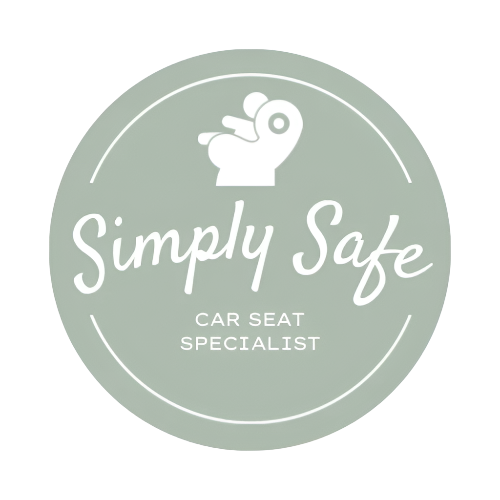The Swedish Plus Test The toughest crash-test in the world!
Plus Tested car seats ensure that your child is not exposed to life-threatening high-headed forces during a frontal collision. Sweden is the world leader when it comes to child safety by car and it is therefore not surprising that Plus Test is a Swedish approval.
Tommy Pettersson, Head of the Crash Lab at VTI in Linköping, mainly created the approval 2009, and compare it to other tests in the EU, the Plus Certification ensures that the car seat protects the child from high forces against the neck. Plus Test is a supplementary test by VTI, the National Road and Transport Research Institute, on car seats intended for the European market.
By studying real accidents where children suffered severe injuries in their neck and head, new lower stress-limits in neck-forces were introduced as an important safety criterion.
The Plus Test is the hardest test that exists today and the only one that guarantees that your child is not exposed to excessive forces on the neck that can threaten his life during a collision, since it has been shown that a child cannot withstand a cervical effort greater than 130 kg and in the Plus Test this force is measured establishing a maximum allowed limit of 122 kg.
There are three main factors that make passing the Plus Test extremely difficult
1. Higher speed.
Higher speed used during the test, 56 kph compared to the 50 kph speed used by the European approvals, ECE R44 and UN-ECE R129, also known as “i-Size”.
2. Very short braking distance.
Shorter (very short) braking distance, which makes the impact on the car seat much more violent since, the shorter the braking distance, the greater the deceleration and, therefore, the more intense the forces received in the impact.
3. Measure the forces in the crash test dummy’s neck with sensors.
To make the Plus Test even more difficult to pass, not only is a higher speed and shorter braking distance used, but the forces exerted on the neck of the “dummy” are also carefully measured by sensors, which means that the forward-facing car seats will not pass this test due to the forces exerted on the neck are too high.
Unlike the European homologation tests, the Plus Test it is not a compulsory test, so it is up to the manufacturer to decide whether it wants to present a chair to be tested in the Plus Test or not and in European homologation (EU regulation) tests the child car seats are subjected to different crash tests (in the ECE R44 front and rear impact tests are carried out, while the UN-129 or “i-Size” also requires a test of side impact for the first time) none of them takes into account the forces exerted on the child’s neck at the moment of impact.
It is imperative that you buy an EU approved car seat for your child, but to guarantee maximum safety and protection for your child, it is vitally important that you make sure that your car seat has also passed the Plus Test.
As a parent, you have read with certainty that the car seat as you choose should also be Europe-approved and E-marked according to the ECE regulations. What does not seem as clear is what it means or how the tests were made. Of course, it is of the utmost importance that the car seat that you choose to buy for your child is EU-approved, but tests carried out by the ECE regulations do not take into account the forces in the neck. It is therefore important to ensure that your car seat is also Plus Tested.
What most do not know is that the Plus Test is an especially hard test in which many of the car seats end up completely destroyed.
All car seats approved according to ECE R44 are crash tested and a rear-facing car seat is tested both in a front and rear impact. This means that the rear-facing car seat must be able to withstand both a frontal and rear impact to be approved.
This is unlike forward facing car seats, that are only required to be tested in front impact to meet the approval.
Legal doesn't always mean safe.











